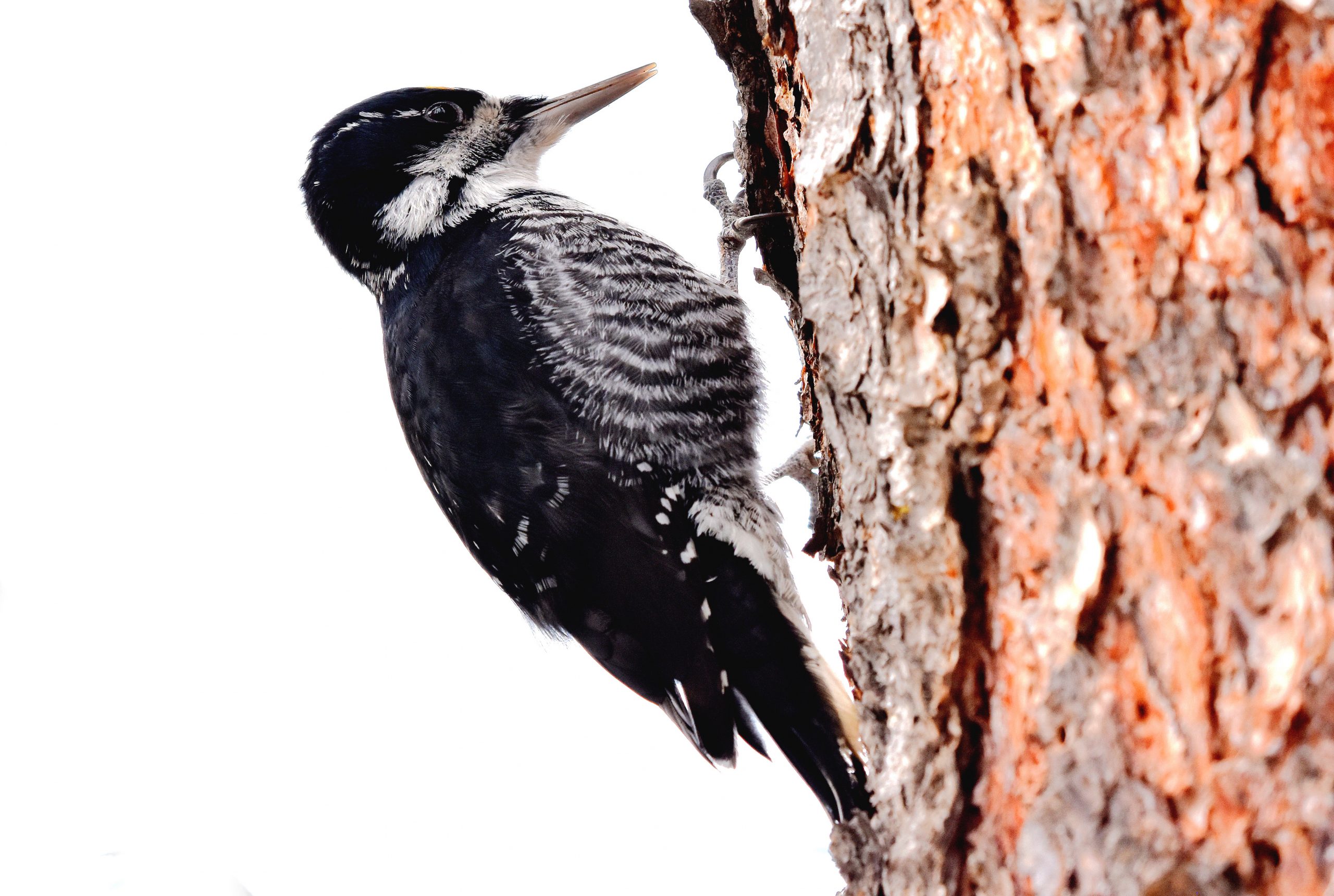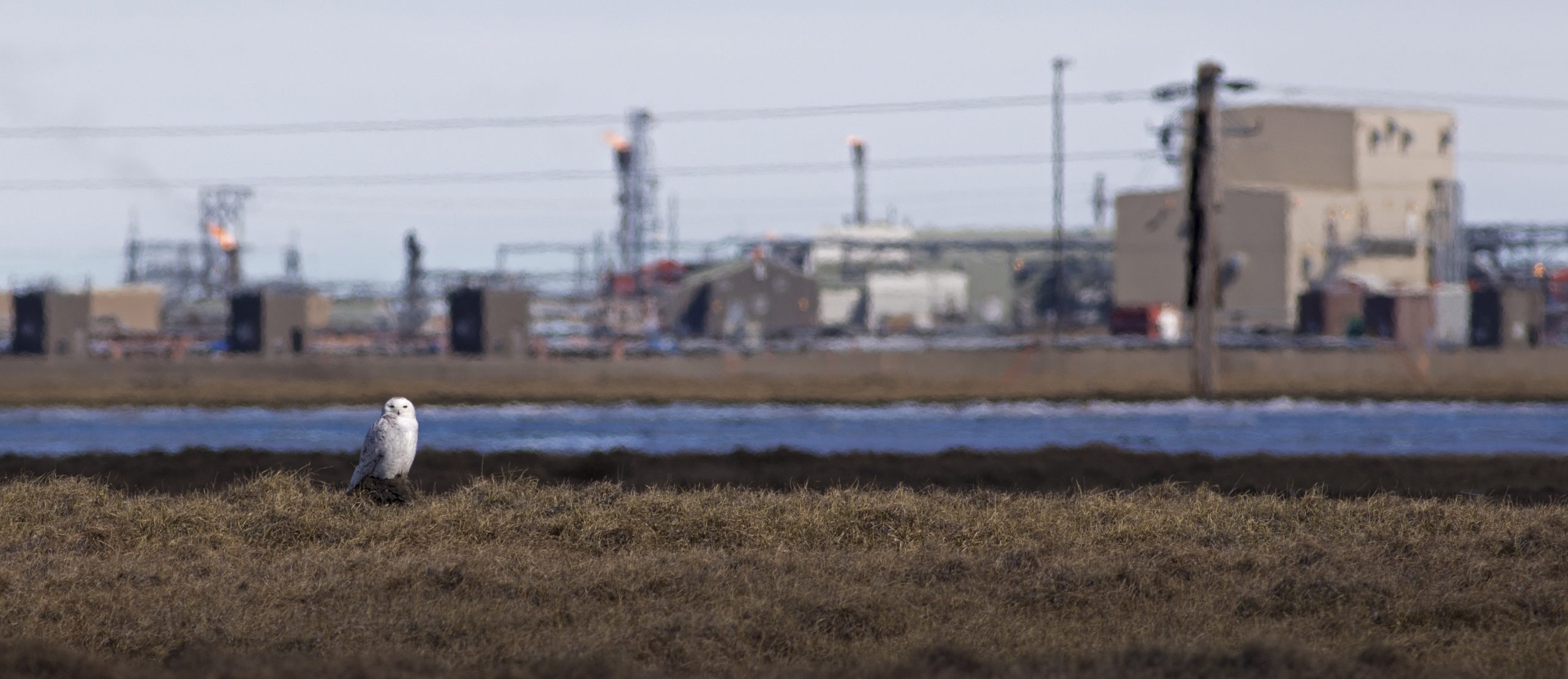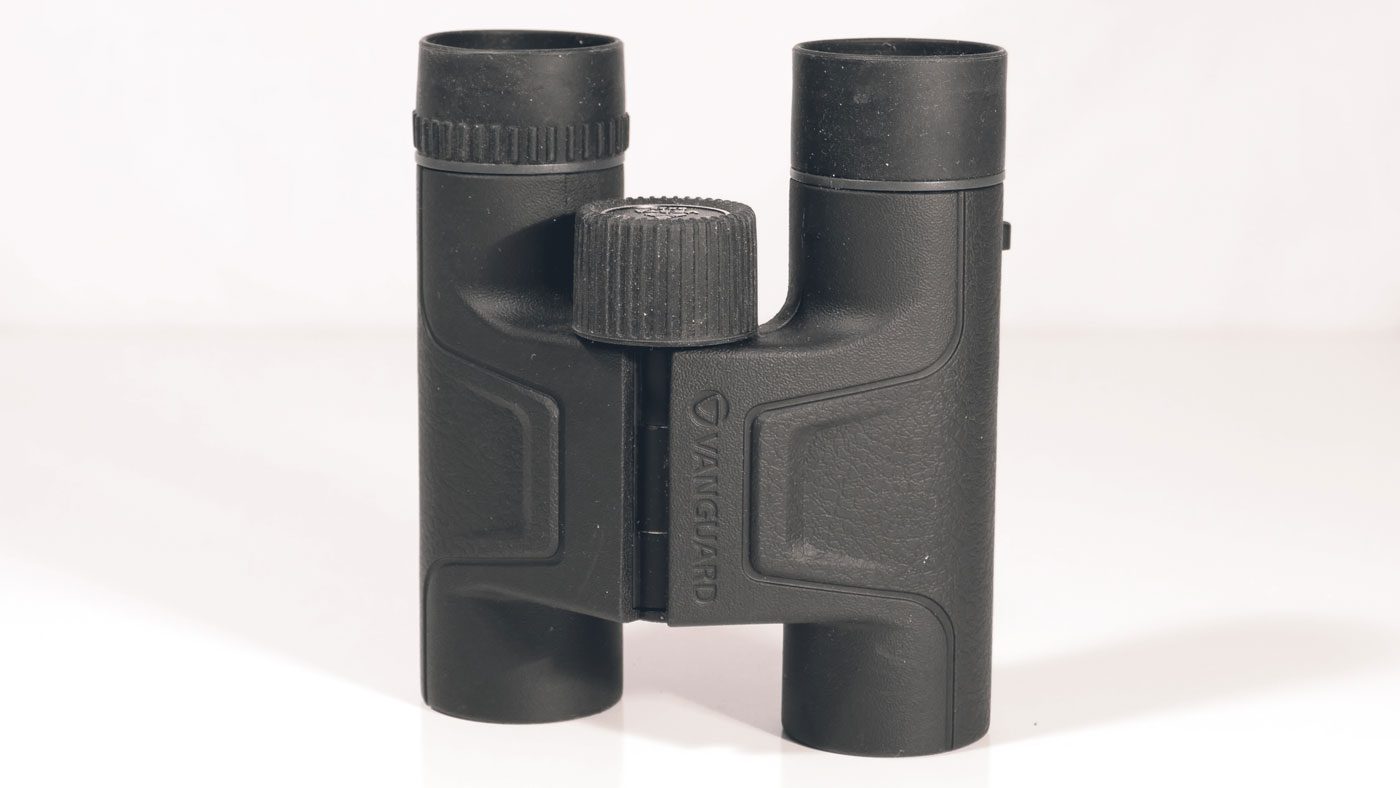What’s good for the Black-backed Woodpecker is good for restoration of burned California forests. The birds’ unique relationship with fire underpins the latest research into improved post-fire management. A study published in Ecological Applications describes a new tool that factors how fires burn into forest-management decisions and turns science into action for wildlife conservation.
“Wildfire is like a 10,000-piece puzzle, and climate change is rearranging the pieces,” said lead author Andrew Stillman with the Cornell Atkinson Center for Sustainability and the Cornell Lab of Ornithology. “Gigantic, severe fires are becoming the new norm in California due to drought, longer burn seasons, and dense forests. But birds do really well in landscapes that are ‘pyrodiverse’ — areas where fire results in uneven patches burned at high, medium, and low severity.”
Black-backed Woodpeckers love pyrodiversity. They prefer to build their nest cavities in newly burned areas after high severity fire. But they also like to be adjacent to an area that burned at low intensity where their young can hide from predators among living trees that still provide cover. The species’ unique habitat associations means that they are sensitive to the removal of trees after fire, and forest managers use information on the woodpecker to guide their post-fire planning.
New tool predicts woodpecker abundance
After a wildfire, forest managers face difficult decisions about how to best protect and restore the burned areas while balancing the needs of people and wildlife. Sometimes there isn’t time to survey wildlife in burned areas, making it hard to choose where to invest in wildlife conservation. To address this need, the researchers developed an online tool to predict the potential abundance of Black-backed Woodpeckers after fire. Incorporating new information on the value of pyrodiversity made the underlying models more accurate.
“The tool we’ve created uses data from 11 years of surveys to predict where woodpeckers could be found in the greatest numbers using data available within months after a fire burns,” said Stillman. “The birds move in to take advantage of a boom in juicy beetle larvae in the burned trees.”
The online tool uses many layers of information, starting with a satellite-derived layer of burn severity that forest managers can upload. That layer is then used to assess pyrodiversity based on how much forest canopy has been lost. Other datasets on woodpecker home ranges, vegetation type, latitude, longitude, elevation, years since a fire burned, and more, are also integrated.

The new tool will save time and effort after a wildfire and is meant for forest managers, conservationists, and private landowners. It is hosted by The Institute for Bird Populations in partnership with the USDA Forest Service. Though currently set up for California, the methods hold promise for other regions and species.
“A burned forest is a unique, incredible, and complicated ecosystem that bursts with new life,” Stillman said. “At first you think everything is dead. The ground is ash. The trees are black. But as you start walking around, you find that the place is alive. It’s not dead, just changed.”
Thanks to the Cornell Lab of Ornithology for providing this news.
Read our newsletter!
Sign up for our free e-newsletter to receive news, photos of birds, attracting and ID tips, and more delivered to your inbox.




